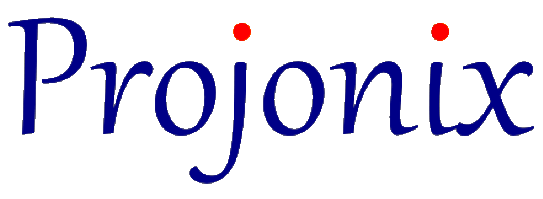


14th April 2017

| Strong positive sentiment | Commitment issues Stakeholders continue to say positive things about the programme but spend their time and effort elsewhere. Language contains references to priorities and lack of resources. Programme at risk, and needs to re-contract with the stakeholder or find a replacement. |
Happy days Stakeholder and programme goals are aligned and stakeholders feel good about the programme. Language should be positive, supportive and enthusiastic. Low risk |
| Strong negative sentiment | Game over Stakeholders have lost confidence and no longer support the programme. Language will be critical, possibly threatening and direction will not be offered. Unless the programme can successfully re-state its benefits case, it should be wound down. | Frustration Stakeholders and programme agree on the goals, but stakeholders are less confident about the programme. Language will be critical and directive. Increased demand for status reports. Programme at risk, and needs to actively demonstrate improved performance. |
| Negative goal alignment | Positive goal alignment |